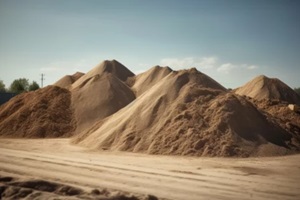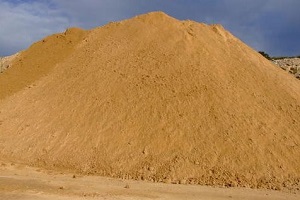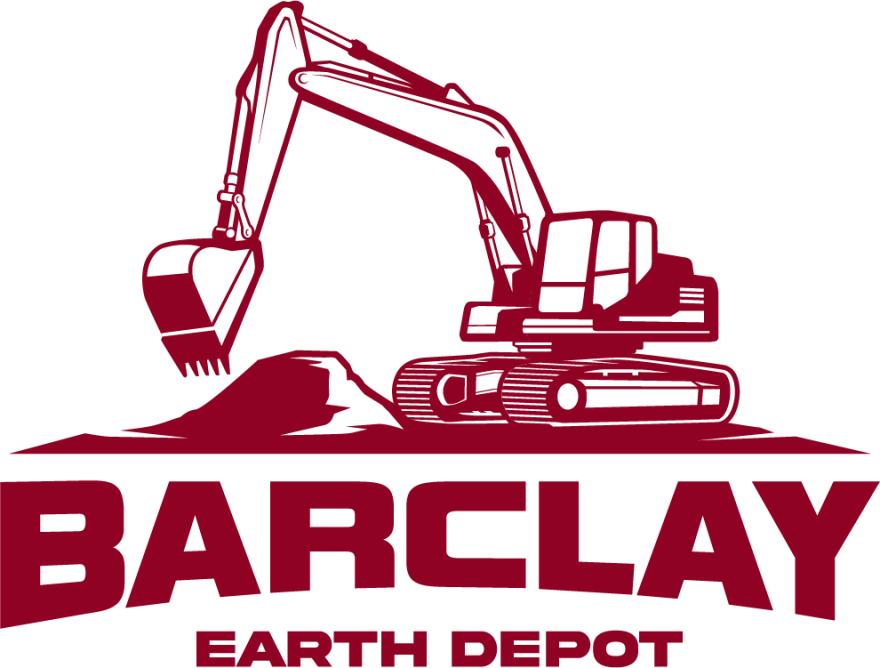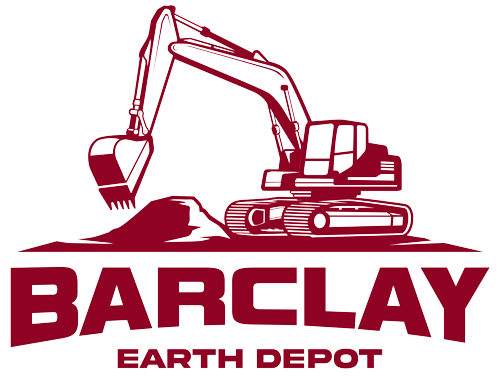 Sand is integral to concrete, mortar, and other construction materials. It provides strength, workability, and durability. However, poor-quality sand seriously undermines structural integrity, causing cracking and erosion. Proper testing is important to ensure optimal sand performance.
Sand is integral to concrete, mortar, and other construction materials. It provides strength, workability, and durability. However, poor-quality sand seriously undermines structural integrity, causing cracking and erosion. Proper testing is important to ensure optimal sand performance.
This article explores key methods for evaluating construction sand quality before use in building projects.
Visual Inspection
One of the first steps is to inspect the sand visually. Look at it closely to check for contaminants or impurities that could negatively impact performance. Good quality construction sand should have a clean appearance, without any organic matter, clay, debris, or other foreign substances mixed in.
The sand particles should have an even coloration and texture as well. Dark, uneven coloring may indicate issues with organic contaminants.
Sieve Analysis
Another important test is sieve analysis, which helps determine the distribution of various particle sizes in the sand sample. Construction sand needs a balanced mix of coarse and fine grains to perform well.
You can perform sieve analysis using a stacked series of wire mesh sieves with decreasing mesh sizes. Pass the sand sample through the sieve stack and weigh the particles collected at each stage. This will tell you the percentage of sand at each grain size.
The results should match the specified gradation for construction sand per relevant standards. Well-graded sand with a good particle size distribution provides better workability.
Moisture Content
It is also important to verify how much moisture is in the construction sand sample. Excess moisture can adversely affect the performance of concrete made using the sand. To find moisture content, take a sample of the sand and dry it out completely in an oven. Then, compare the wet and dry weights.
The difference between the two divided by the initial wet weight gives you the moisture content percentage. This should be within the limits of applicable concrete standards, usually 3-5% maximum. Higher moisture leads to reduced strength.
Clay and Silt Content
 Clay, silt, and other fine materials can coat the sand grains and impact the binding of the sand in concrete. Test for clay and silt content using sedimentation analysis. In this method, the sand sample is mixed with water, stirred, and finally allowed to settle.
Clay, silt, and other fine materials can coat the sand grains and impact the binding of the sand in concrete. Test for clay and silt content using sedimentation analysis. In this method, the sand sample is mixed with water, stirred, and finally allowed to settle.
The silt and clay particles will stay suspended for longer due to their slow settling velocity. Comparing the clay/silt layer thickness to the sand layer gives the percentage. Construction sand should have minimal clay and silt, not exceeding 3-5%.
Organic Matter
The presence of organic materials such as humus and vegetation can negatively affect the strength and performance of concrete. To check for organic matter, inspect the sand visually for signs of debris, leaves, roots, and more.
A burning test can also help – take a small sand sample, heat it, and check for an organic smell. Construction sand should not give off any such smell when heated.
Permeability Test
Testing the permeability or hydraulics of the sand can give you an idea of its drainage properties. Permeability directly impacts how well the sand can be compacted during construction.
You can perform a simple permeability test by filling a container with a sand sample.
Pour water on top and measure the time taken for complete drainage. Compare this time to standard values to assess suitability. Good permeability is indicated by quick drainage.
Specific Gravity
The specific gravity test determines how dense construction sand is compared to water. It indicates the sand’s quality and information needed for mix design calculations.
Specific gravity is measured using a calibrated flask, with procedures dictated by relevant standards. Typical values range from 2.5 to 3.0 for construction-grade sands. Lower specific gravity indicates poorer quality sand.
Chemical Analysis
For certain applications, it is advisable to test for any harmful chemical compounds in the sand. Chemical analysis will detect salts, acids, sulfates, and alkalis that could react adversely when used in concrete or mortar.
This involves more complex laboratory testing of the sand sample. The construction sand should be free of any harmful chemicals that can deteriorate the strength and durability of the concrete.
Testing Frequency
Testing should be performed frequently to ensure construction sand quality control. Conduct visual checks and field tests such as organic matter and permeability for each batch or delivery.
Sieve analysis, moisture content, specific gravity, and other lab tests should be performed periodically based on quantity – for instance, at least once for every 200 cubic meters of sand supplied for a construction project.
The Importance of Sand Testing
 Testing sand quality is extremely important for construction applications, as poor-quality sand can be detrimental to the strength and life of structures. Concrete made with poor-quality sand is more permeable and has a higher erosion risk. It also has inferior binding properties, increasing the chances of cracks, splits, and leaks in the concrete.
Testing sand quality is extremely important for construction applications, as poor-quality sand can be detrimental to the strength and life of structures. Concrete made with poor-quality sand is more permeable and has a higher erosion risk. It also has inferior binding properties, increasing the chances of cracks, splits, and leaks in the concrete.
Testing sand ensures the particles bond tightly when making concrete, giving you durable, resilient structures. It also lets you detect contaminants that could weaken or corrode the concrete over time. Investing in proper sand testing reduces risks and prevents problems in the long run.
Partner with Barclay Earth Depot for Next-Level Construction Sand
Proper testing provides confidence that your construction sand meets quality specifications. While basic field tests are useful, lab evaluation gives quantitative data on key properties such as particle size distribution and organic impurities.
For guaranteed quality sand, choose Barclay Earth Depot. Our construction sands surpass industry standards and are rigorously tested to ensure optimal performance, durability, and strength. By partnering with Barclay Earth Depot, you can feel at ease knowing your construction sand is of the highest quality.
Contact us today at (941) WE-DIG-IT or online to learn more about our certified, high-grade construction sands and how we can supply your next project.

